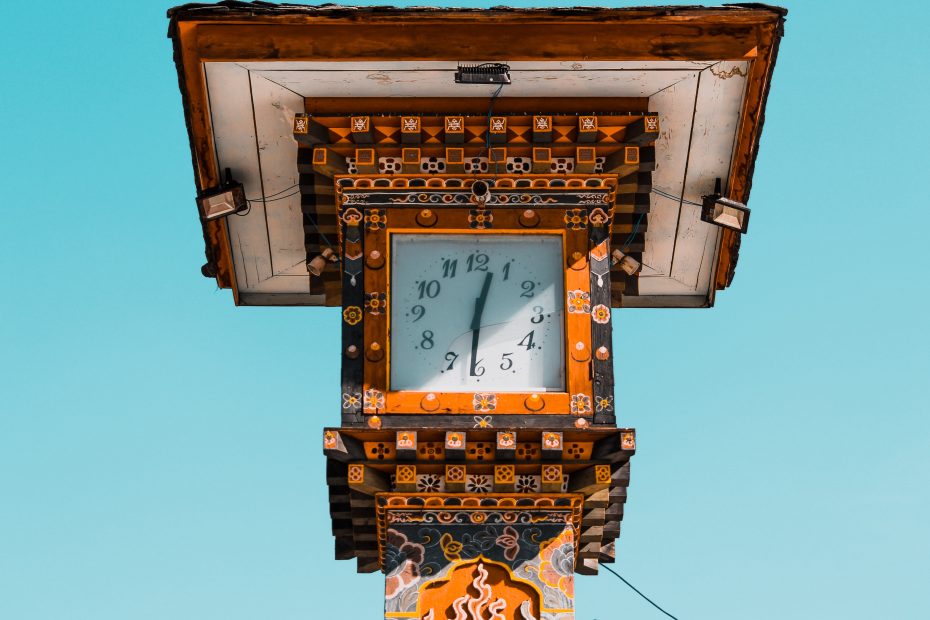Table of Contents
Introduction
Tucked away in the eastern Himalayas lies the mystical kingdom of Bhutan, known as the Land of the Thunder Dragon. Though one of the smallest countries in the world, Bhutan is filled with stunning natural beauty, ancient Buddhist monasteries, and a vibrant culture. Let’s explore some of the hidden gems that make Bhutan such an enchanting destination.
Natural Beauty
Forests
Bhutan is home to expansive forests covering over 70% of its mountainous terrain. Majestic fir trees, rhododendrons, and rare medicinal plants thrive in Bhutan’s forests. The most famous is the blue pine tree, Bhutan’s national tree.
Mountains
The Himalayan mountains dominate Bhutan’s landscape, with peaks over 7,000 meters. Dramatic cliffs, alpine lakes, and sweeping valleys characterize the mountain scenery. The soaring heights provide stunning vistas.
Valleys
Nestled among the mountains lie sheltered valleys like the fertile Paro, Thimphu, and Punakha Valleys. These valleys hold historic dzongs, monasteries, and rural farmlands. The lush green valleys contrast beautifully with the rocky peaks.
Ancient Monasteries
Taktshang Goemba
Clinging to a cliff 900 meters above Paro Valley is Taktshang Goemba, Bhutan’s most iconic monastery. Also called Tiger’s Nest, this Buddhist temple was built in 1692 and requires a strenuous hike to reach. But the dazzling views are worth it.
Kurjey Lhakhang
Located in the Punakha Valley, Kurjey Lhakhang is a 17th century temple complex known for its elegant architecture. Intricate murals and carvings adorn the monastery’s three main temples.
Tamzhing Lhakhang
In eastern Bhutan sits Tamzhing Lhakhang, founded in 1501 by a Tibetan saint. This ornate monastery features unique murals and is home to ancient Buddhist scriptures.
Hiking Trails
Jomolhari Trek
This challenging 9 day trek passes Mt. Jomolhari, Bhutan’s second highest peak at over 7,300 meters. Trekkers are rewarded with views of glacial lakes, high passes, and yak herder villages.
Snowman Trek
Known as the toughest trek in Bhutan, the Snowman Trek takes 25 days to complete. The demanding route traverses 11 mountain passes over 4,500 meters! Subalpine forests and secluded villages line the trail.
Druk Path Trek
Ideal for those short on time, the 5 day Druk Path Trek connects Paro and Thimphu Valleys. Pictureaque lakes, rhododendron forests, and mountain vistas make this a popular choice.
Festivals
Tshechu
Tshechus are religious festivals held at dzongs and monasteries annually or every three years. These colorful events feature elaborately costumed monks performing mask dances telling Buddhist tales.
Thimphu Tshechu
The capital’s biggest festival occurs for four days in September/October. Folk dances and songs accompany the sacred mask dances performed at the Tashichho Dzong.
Jambay Lhakhang Drup
In November, locals celebrate this festival at the ancient Jambay Lhakhang temple in Bumthang Valley. Locals receive a purification blessing as mask dances fill the courtyard.
Cuisine
Ema datshi
The national dish of Bhutan features sliced chilies in cheesy curry. This spicy staple graces every Bhutanese dining table.
Phaksha paa
Bhutanese love their pork, especially dried, smoked pork known as phaksha paa. The salty, fatty pork is eaten with red rice.
Hoentay
These sweet buckwheat dumplings are a Bhutanese specialty. Hoentay can be stuffed with various ingredients like cinnamon, cardamom, or cheese.
Handicrafts
Textiles
Intricately woven and dyed textiles are prized in Bhutan. Traditional dresses feature colorful patterns and embroidery. Unique regional styles exist.
Woodcrafts
Bhutanese artisans produce masks, bowls, boxes, and other wooden items often decorated with Buddhist symbols. These handicrafts display remarkable craftsmanship.
Paper Products
Handmade paper produced from the daphne plant is crafted into products like lamps, books, and cards. Bhutan was the first country to produce stamps.
Architecture
Dzongs
Massive dzongs, or fortresses, served as administrative centers and monasteries. Their dramatic slopes and towering walls cut an impressive silhouette.
Lhakhangs
Colorful lhakhang temples dot the valleys with gilded roofs and elegant design. Tiger’s Nest and Kyichu Lhakhang are especially sacred sites.
Traditional Houses
Rustic farmhouses with sloping roofs and large porches reflect Bhutanese values of functionality and harmony with nature. Decorative painting and carvings embellish homes.
Conclusion
In conclusion, Bhutan offers intrepid travelers stunning Himalayan scenery, vibrant Buddhist culture, and warm hospitality. Its natural wonders, outdoor adventures, architectural treasures, and fascinating festivals unveil the many charms of this hidden kingdom. Visit Bhutan to immerse yourself in a realm long isolated from the modern world, where ancient traditions and natural grandeur prevail. You’ll discover why locals call Bhutan “the last Shangri-La.”
Why Visit Bhutan?
- Breathtaking Himalayan landscapes
- Ancient Buddhist monasteries
- Pristine forests for hiking and trekking
- Colourful masked dances and festivals
- Authentic Bhutanese cuisine and crafts
- Preserved traditions and architecture
FAQs
What is the best time to visit Bhutan?
Spring (March-May) and autumn (September-November) are ideal with pleasant weather and colorful festivals. Avoid the monsoon season.
Do I need a visa to visit Bhutan?
Yes, all foreign visitors must obtain a visa and book their trip through an approved Bhutanese tour operator. Independent travel is not allowed.
What’s the currency used in Bhutan?
Bhutan’s currency is the ngultrum (Nu). It’s pegged 1:1 with the Indian rupee which is also accepted. USD and credit cards work at many shops.
Is it expensive to visit Bhutan?
Yes, Bhutan has a mandatory daily fee for visitors starting around $200-250 per person to cover accommodations, meals, guides, etc. But this ensures sustainable tourism.
What languages are spoken in Bhutan?
The national language is Dzongkha. English is also widely spoken, especially in Thimphu and Paro. Some local dialects are also spoken regionally.
